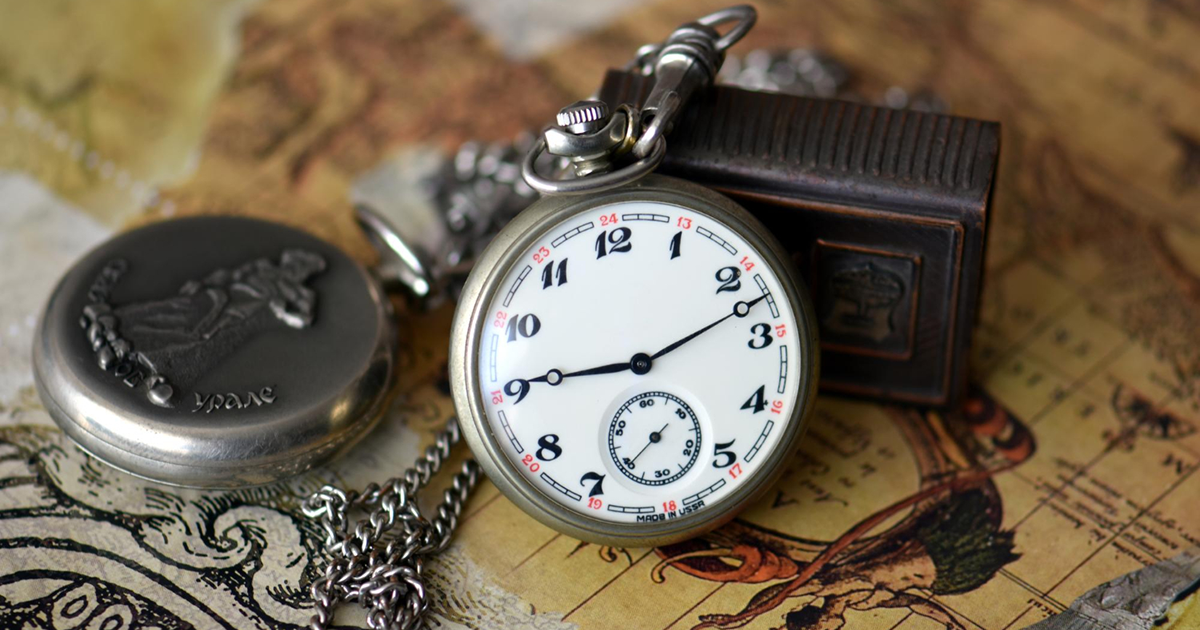
The dissimilarities of French and British pocket watches.
Introduction to French and British Pocket Watches Pocket watches have long been a symbol of elegance and craftsmanship. As they tick away the seconds, these […]

Introduction to French and British Pocket Watches Pocket watches have long been a symbol of elegance and craftsmanship. As they tick away the seconds, these […]

Introduction: The Importance of Generating Income Generating income is crucial for achieving financial independence and securing a comfortable lifestyle. In today’s fast-paced world, relying solely […]

Introduction Every car owner knows that maintaining their vehicle is crucial, but how often do we really think about the importance of regular service? A […]

Every vehicle owner knows that maintaining their car is crucial for its longevity and performance. One of the most vital aspects of this upkeep? Regular […]

When it comes to driving, safety should always be a top priority. But what happens when accidents occur? That’s where auto insurance steps in as […]

Introduction to the truck driving industry Are you looking for a career that offers adventure, independence, and the chance to see the open road? The […]

As the leaves turn and temperatures drop, winter is just around the corner. For many drivers, this season brings a host of challenges on the […]

Introduction to the topic: The fascination with prison films There’s something undeniably captivating about films set in prisons or jails. These stories often serve as […]

Introduction to short and funny stories Life is full of moments that can leave us in stitches, especially when they come wrapped in short stories. […]

Picture this: the lights dim, a hush falls over the crowd, and all eyes are on you. The moment has arrived to make your mark. […]
Copyright © 2025 | WordPress Theme by MH Themes